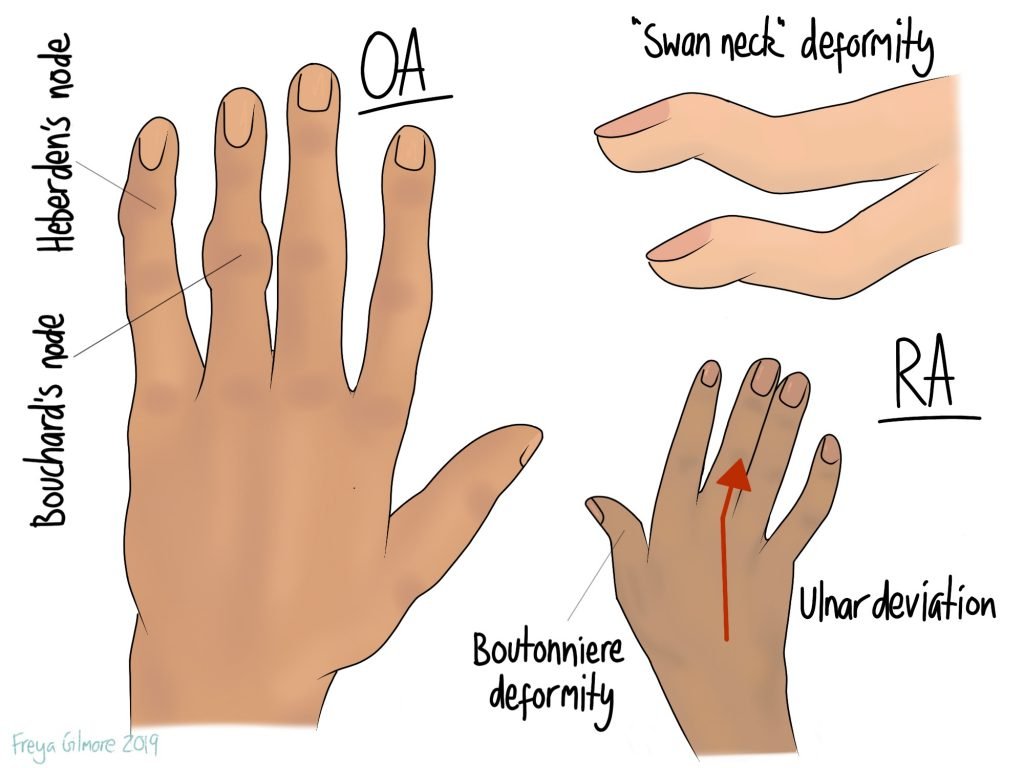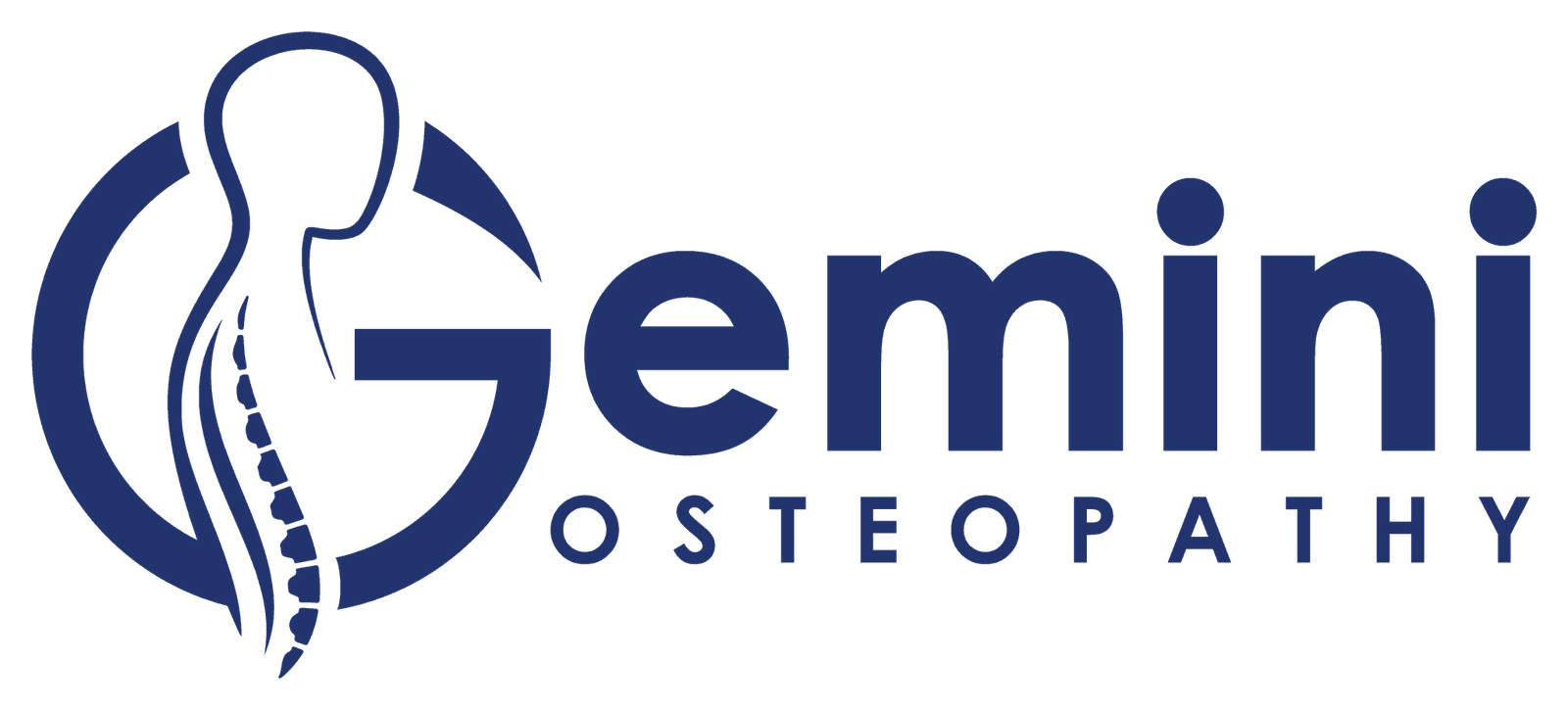Compartment syndrome is a rare, but potentially serious condition affecting the calf or forearm. The…

Arthritic Pain
Arthritis comes in many forms, with the most common being osteoarthritis. We can help with arthritic pain.

Arthritic pain from the joint itself
A joint with any form of arthritis might feel achey or sore, but sometimes there’s also a catching sensation. Knees in particular can “lock” if the surface of the joint becomes rough.
With osteoarthritis, the cartilage surface of the joint becomes unhealthy and more rough. In the later stages this can lead to flaking of the cartilage, and sometimes loose pieces of cartilage get stuck within the joint. Over time and with movement, this can be reabsorbed. But often by this point, help is needed to get back on track.
Contrary to popular belief, ostearthritis is not the end of the road. Although the discomfort of an arthritic joint will make you not want to move it, that’s exactly what it needs. Your osteopath can help you move the joint during treatment, and it will gradually become easier for you to do yourself as the cartilage gets more healthy.
Other forms of arthritis, such as rheumatoid arthritis (RA), follow a different path. But they still need movement. RA is inflammatory, and typically does feel better with moderate movement. It’s after movement that it feels worse, as this is when the swelling has time to build up.
Pain from swelling
Sometimes the pain comes from the pressure of swelling in and around the joint. Any joint with cartilage (which covers most joints in the body) has fluid within it. It’s meant to be there, as it contains nutrients needed to feed the cartilage. Blood supply to cartilage is small, so it relies on diffusion. This goes both ways, with the fluid taking away waste products from the joint as well.
The body often reacts to arthritis like it would to an injury. By causing localised swelling, the body is providing more nutrition and cells from the immune system. However, if the swelling stays around the joint for too long, it runs out of nutrients and becomes full of waste products. As a result, the health of the joint gets worse.
On top of this, the pressure of swelling can be uncomfortable. Not only may it limit movement further, but swelling within the joint can be an added pressure in an already uncomfortable area.
Your osteopath can use massage-like techniques and joint movement to help encourage swelling to move along. Allowing the fluid to replenish and reduce can give some quick relief from pain. With advice about heat or ice, and prescription of exercises, you can keep the improvement going between sessions.
Pain elsewhere from compensation
Whether we notice it or not, arthritis can cause us to treat the joint differently. In the early stages this can be completely unbeknownst to the patient. So it’s not unusual for someone else to mention a limp before you feel yourself doing it. Although this adaptation might make the original arthritic joint more comfortable, it doesn’t solve the problem. In fact, it can cause the same problem elsewhere. For example, compensating for an arthritic lower back can mean that the neck has to work harder to keep your head up. This in turn can lead to headaches or jaw pain. So getting to the root cause as soon as possible will save further discomfort down the line.
If you have arthritic pain at any stage, make an appointment to address it sooner rather than later.



